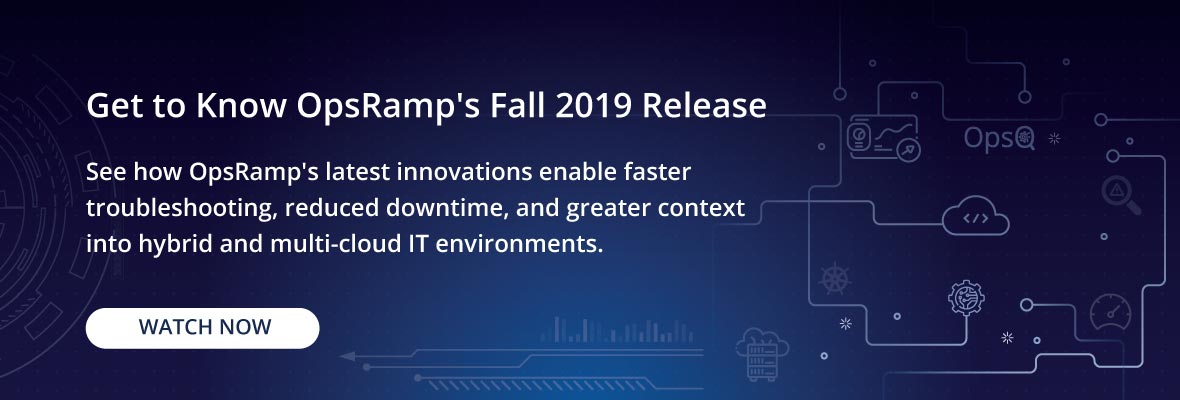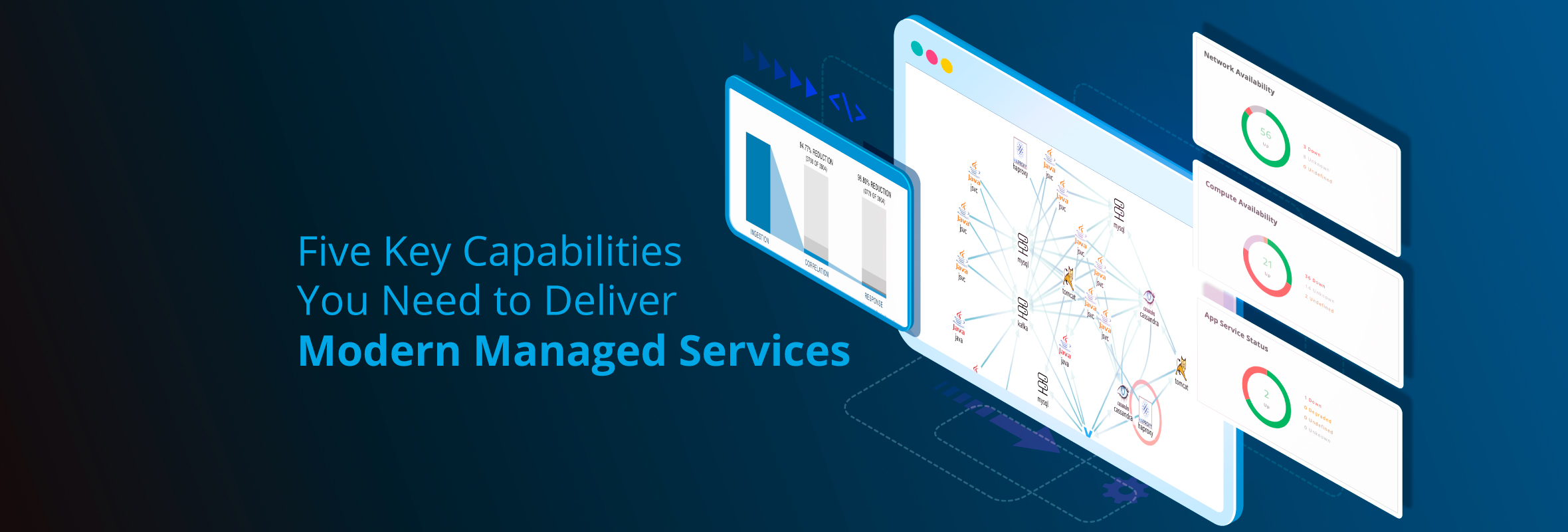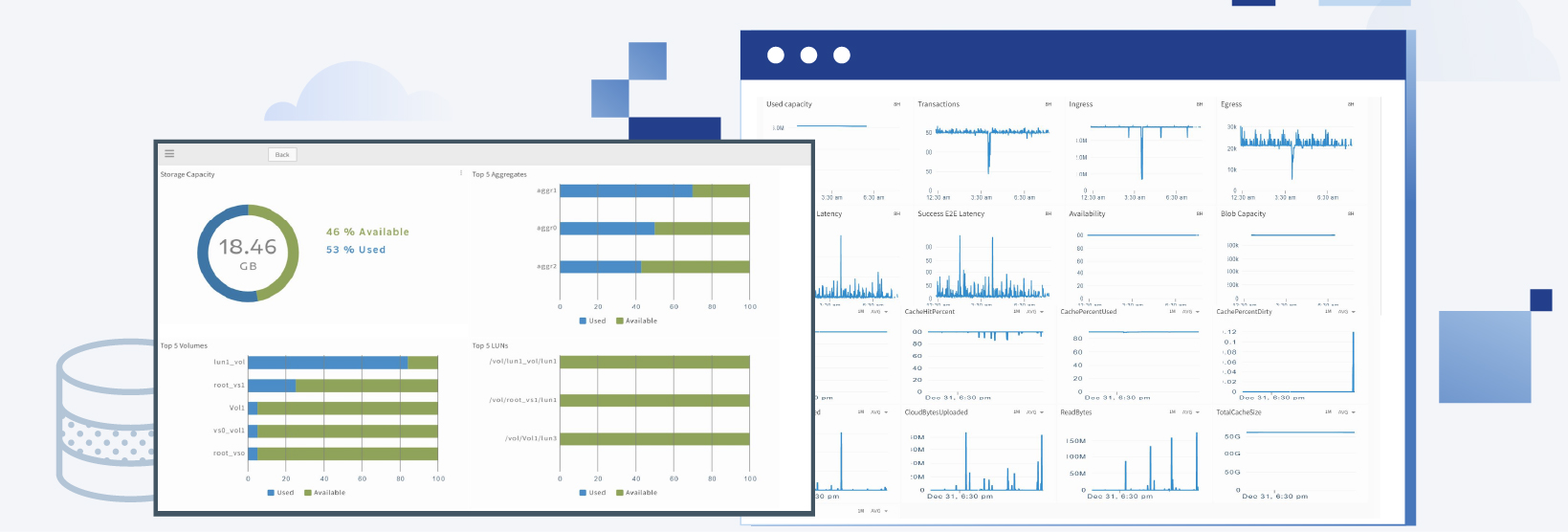The OpsRamp Fall 2019 Release delivers comprehensive features for hybrid infrastructure management with machine learning-powered intelligent correlation and multi-cloud monitoring support. The new release also offers enhanced synthetic monitoring capabilities and a new custom integration framework for sharing data with third-party IT management tools.
Transform Digital Operations Management with Service-Centric AIOps
OpsRamp OpsQ, the intelligent event management solution, helps IT teams reduce guesswork and speed problem resolution with context and insight. We introduced OpsQ Observed Mode in Summer 2019 to build trust and confidence in machine learning approaches for IT performance analysis. Our latest AIOps innovations ensure accurate alert pattern recognition, offer insights into OpsQ Observed Mode performance, and provide more context into third-party alerts:
- Alert Similarity Reinforced Correlation. OpsRamp OpsQ now delivers superior alert pattern recognition by considering relevant attributes (description, subject, resource type, resource groups, hostnames, and service groups) for grouping related alerts. Alert pattern recognition helps reduce overall event noise by grouping incoming alerts that share similar properties so that DevOps teams can take prompt action on critical incidents occurring in their hybrid infrastructure.
- Fine-Grained Observed Mode Widgets. OpsQ Observed Mode helps IT teams understand the scope for event noise reduction by simulating alert inferencing in shadow mode. The Inference Stats widget quantifies the impact of these shadow inferences so that IT practitioners can understand the overall potential for alert volume optimization.
- Improved Context Ingestion. OpsRamp’s Create Alert API can ingest greater resource context (resource name, resource group, service group, and location) for incoming alerts from external tools so that the OpsQ event management engine can correlate third-party events with more meaningful data.
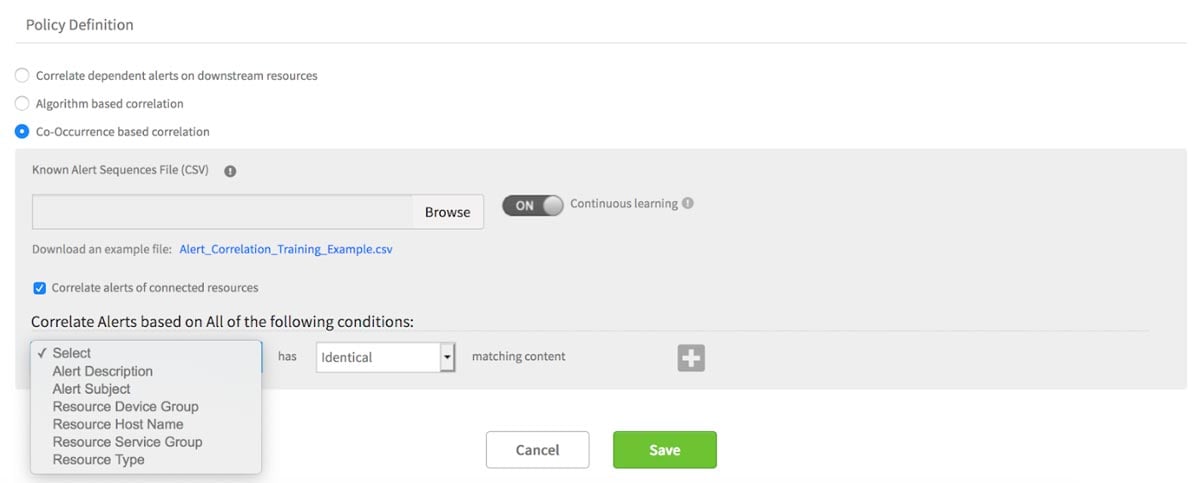
Figure 1 - Alert Similarity Reinforced Correlation groups alerts only if they come together and share similar properties.
Ensure Enterprise Agility and Flexibility with Multi-Cloud Monitoring Support
OpsRamp delivers robust integrations for 100+ cloud services across leading cloud platforms like Amazon Web Services (AWS), Microsoft Azure, and Google Cloud Platform (GCP). Our latest multi-cloud monitoring capabilities introduce new integrations for AWS and GCP:
- AWS IoT. Gartner forecasts that there will be nearly 6 billion enterprise and automotive IoT endpoints in use by 2020. The AWS IoT platform offers two-way communication between Internet-connected devices and the AWS cloud. OpsRamp offers visibility into the availability, connection time, publish time and other metrics within the IoT platform.
- AWS Developers Tools. The adoption of continuous integration/continuous delivery (CI/CD) practices let enterprises deliver code changes more frequently and reliably. OpsRamp now provides provisioning and performance insights for AWS developer tools like CodeCommit, CodeBuild, CodeDeploy, and CodePipeline so that DevOps teams can track and address problems in their deployment pipeline.
- Real-Time Discovery for GCP Platform Resources. Given the ephemeral nature of public cloud services, site reliability engineering teams need dynamic discovery capabilities for multi-cloud resources. OpsRamp can now consume the audit events of Create, Read, Update, and Delete operations within your GCP environment and trigger real-time discovery for identifying newly created or decommissioned GCP platform resources.

Figure 2 - Manage the availability of AWS IoT, AWS Developer Tools, AWS Simple Workflow, and Amazon MQ within OpsRamp.
Other Platform Updates
The Fall Release introduces new capabilities for synthetic monitoring, a new custom integration framework, and updates to access controls, agents and gateways, APIs, and reports.
- Synthetic Monitoring. Synthetic monitoring is critical for understanding and resolving web application performance. During an application failure, how do you know whether the failure is due to a network path issue, connectivity issue, or an internal network issue? With this release, OpsRamp can not only identify but also visualize the specific routes behind availability monitoring failures on synthetics.
- Custom Integration Framework. OpsRamp’s custom integration framework delivers a seamless integration experience for consuming events from third-party IT management tools. OpsRamp can then process and correlate these third-party events for prompt escalation, notification, and remediation of incidents.
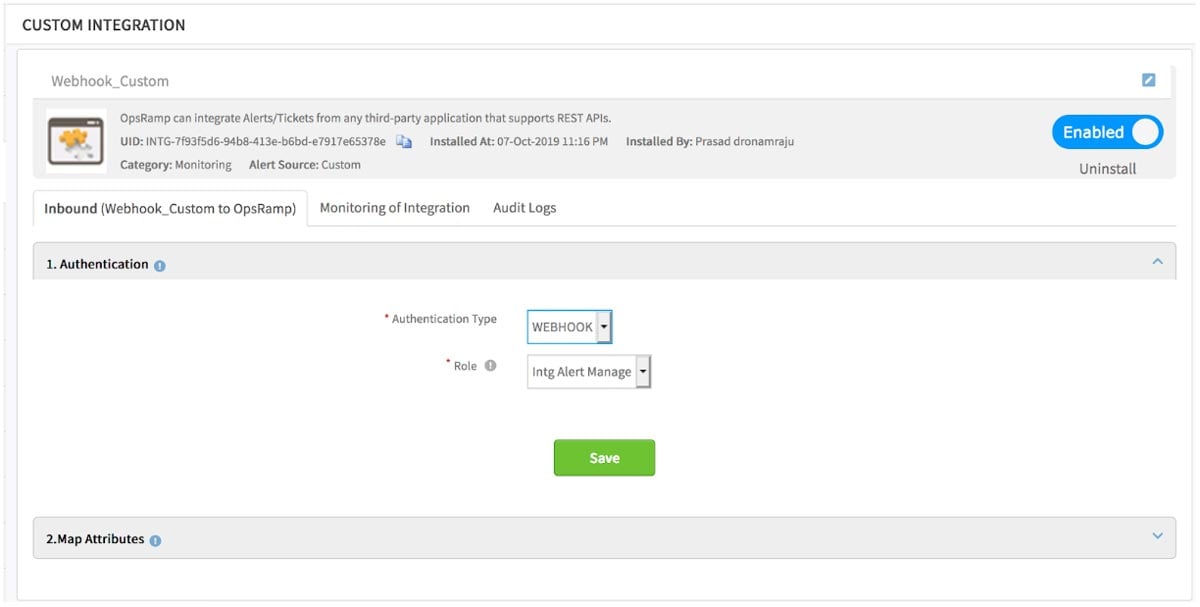
Figure 3 - With custom integrations, OpsRamp can ingest alerts from any webhook capable tool for event correlation.
And if that’s not enough, here is a quick peek into the OpsRamp Fall 2019 release. Be sure to also watch this on-demand webinar to see what’s new in action.
Next Steps:
- Read our press release to see how service-centric AIOps and multi-cloud monitoring control the chaos of modern IT operations.
- Check out our What’s New page for the highlights of the Fall 2019 Release.
- Schedule a custom demo with an OpsRamp solution expert.



